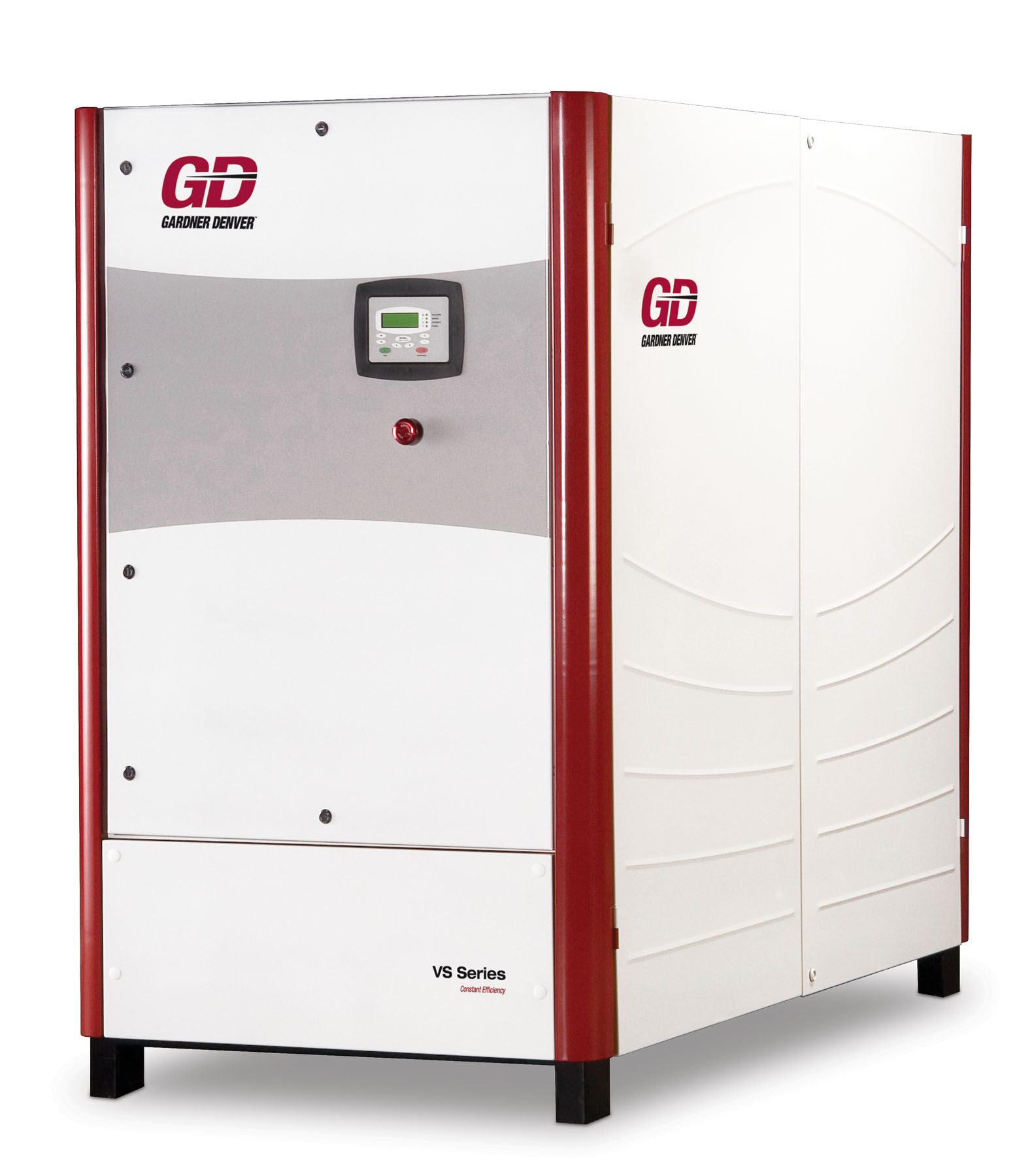How Different Air Compressors Work
There are many ways to compress a gas, and over the years there have been different types of air compressors developed. Each design features an ingenious method in which to pressurize vapor. Some are more common than others, but each one is used in some type of application. The five types of compressors are reciprocating, rotary, centrifugal, screw, and scroll.Reciprocating Compressors work by a reciprocating action of a piston within the cylinder. The piston compresses the refrigerant as the piston moves downward and a vacuum is created. With pressure being higher above the intake valve, the intake valve is forced open and the refrigerant is sucked into the cylinder. The piston will finally reach the bottom and will begin to move upward in which the intake valve will close. The refrigerant is trapped inside the cylinder, and as the cylinder moves upwards the refrigerant compresses and increases the pressure. Soon the pressure is exerted and the exhaust valve will ope, the compressed refrigerant flows out of the cylinder. The piston will soon reach the top position and the cycle continues.
With a rotary compressor the refrigerant becomes compressed by a roller that that rotates within the cylinder. As the roller rotates off-center around the shaft the roller remains in contact with the wall of the cylinder. Along with the roller being in contact, a spring-mounted blade also rubs against the roller which creates a sealed area. The rotation of the roller reaches a certain point where the intake port is exposed and the refrigerant is sucked into the cylinder. The refrigerant becomes compressed as the roller continues to rotate and the volume of the area is reduced. The exhaust valve becomes exposed which forces high-pressure refrigerant to be released. Rotary compressors are very efficient because the action of taking in the refrigerant and compressing it happens at the same time.
 By using a pair of helical rotors screw compressors are able to compress gas. The rotors rotate and inter-mesh which exposes and closes off the inter-lobe spaces, located at the end of the rotors. As these inter-lobe spaces open up the refrigerant is sucked into it, and as the rotor continues to turn the refrigerant becomes trapped. It is then forced along the length of the rotors and as the volume decreases within the inter-lobe space the refrigerant is compressed. Once the inter-lobe space reaches the other end the refrigerant is compressed inside a sealed chamber.
By using a pair of helical rotors screw compressors are able to compress gas. The rotors rotate and inter-mesh which exposes and closes off the inter-lobe spaces, located at the end of the rotors. As these inter-lobe spaces open up the refrigerant is sucked into it, and as the rotor continues to turn the refrigerant becomes trapped. It is then forced along the length of the rotors and as the volume decreases within the inter-lobe space the refrigerant is compressed. Once the inter-lobe space reaches the other end the refrigerant is compressed inside a sealed chamber.
Using an impeller wheel in a rotating action to exert centrifugal force on refrigerant is the basic way a centrifugal compressor works. The refrigerant is forced into the impeller wheel with a large circular intake which flows between the impellers. As the refrigerant becomes pressurized by being forced against the sides of the volute, or chamber. The force developed by the impeller wheel is small which makes centrifugal compressors able to hold multiple impeller wheels. This is one of the most popular ways to compress gas since thre are very few moving parts and the design is simple.
With a scroll compressor the refrigerant is compressed by two spiral disks that are offset, but are nested together. The disk located in the upper position remains stationary while the lower disk moves in an orbital motion. The way the lower disk moves creates sealed spaces or varying volume. The refrigerant is forced into the inlet ports and becomes trapped in the sealed spaces. The disk then orbits the enclosed space containing the refrigerant and is transferred to the center of the disk, which in return decreases the volume. The refrigerant is compressed as the volume decreases and is discharged through a port at the center of the disk. Scroll compressors are some of the quietest and are considered some of the smoothest operating units.
Channelindustry.com - Industry Directory and information on the web.

4838 Cecile Avenue
Las Vegas, NV 89115
Phone: (702) 431-5808
Fax: (702) 431-5838
- Contact us
- Resources
- © 2020 Nevada Pneumatic





